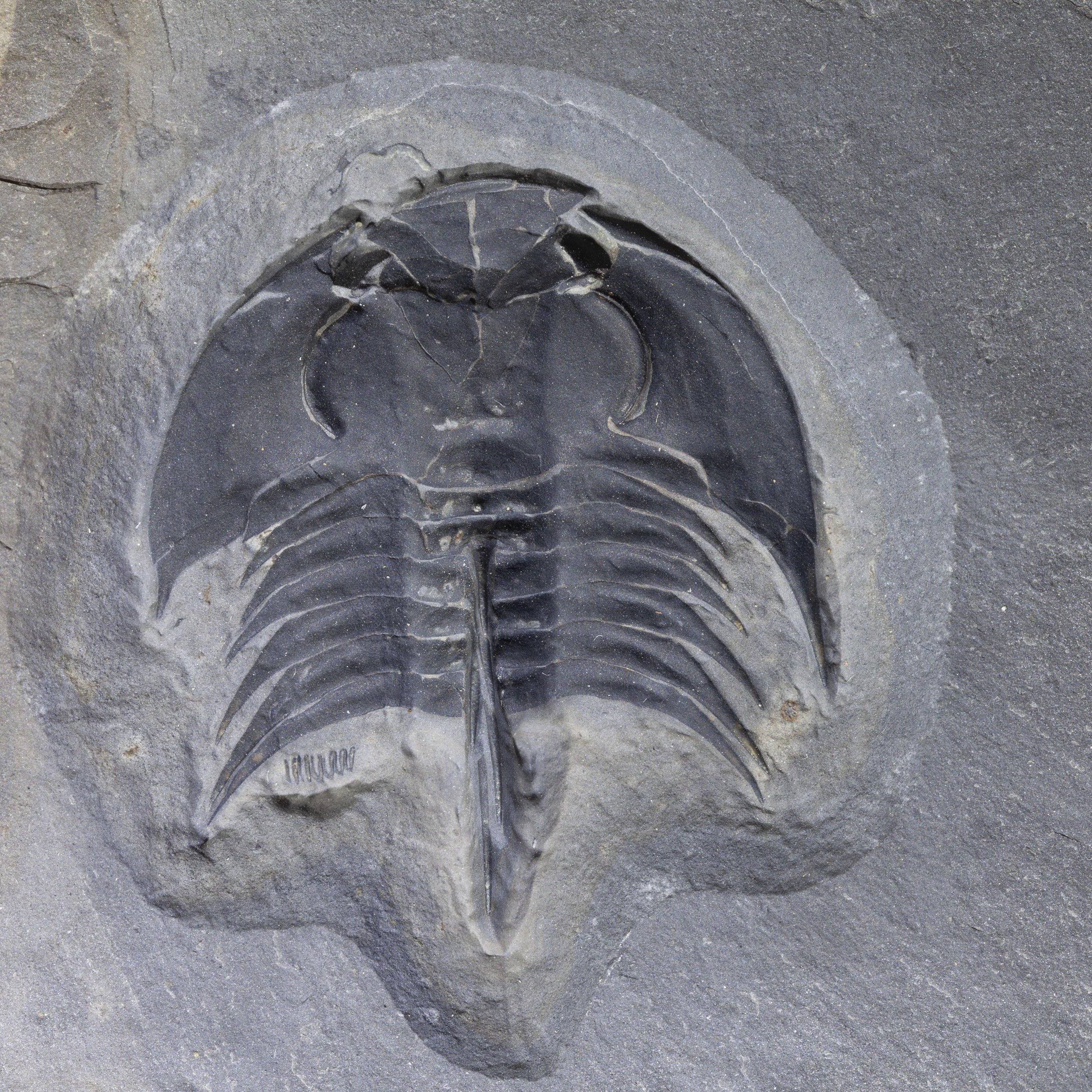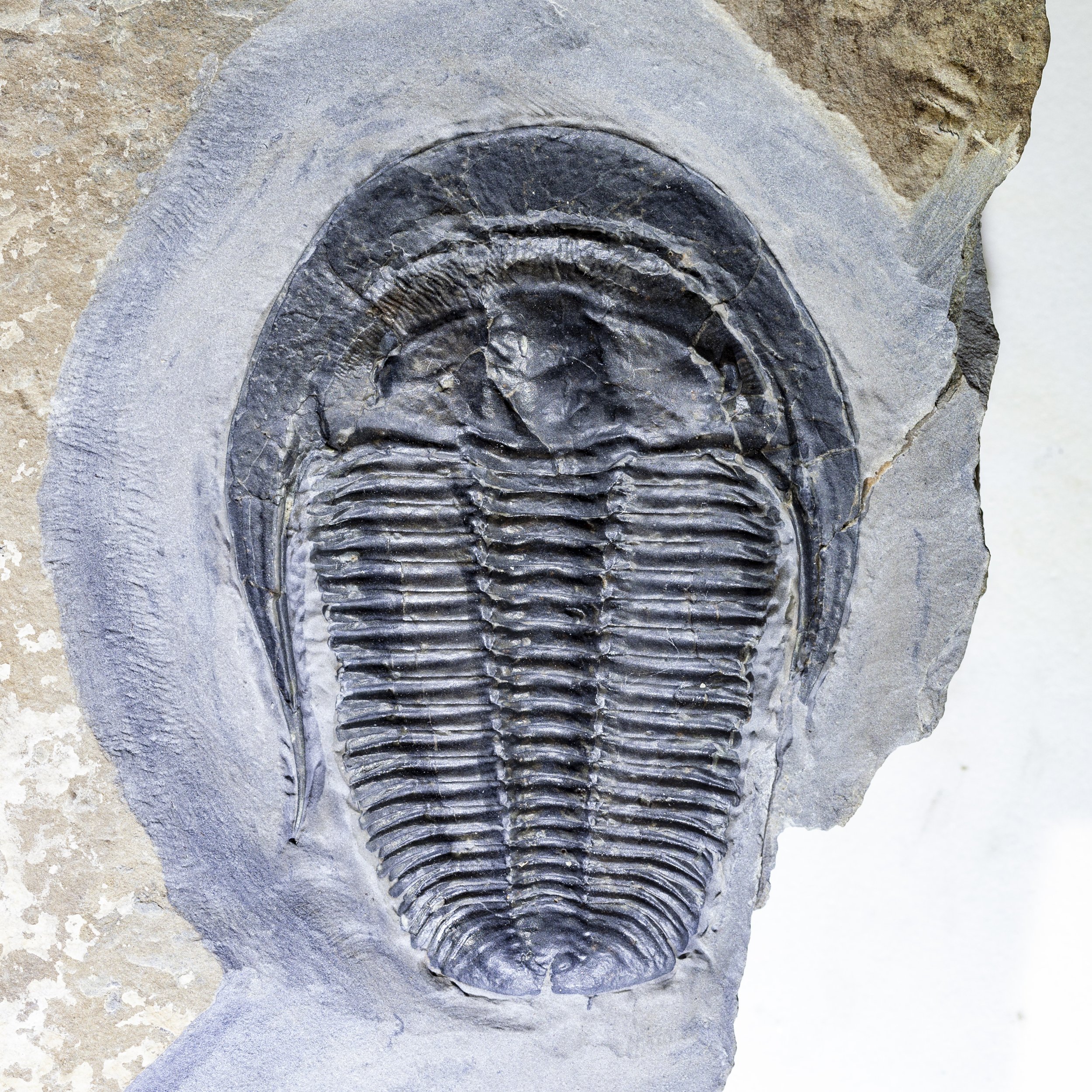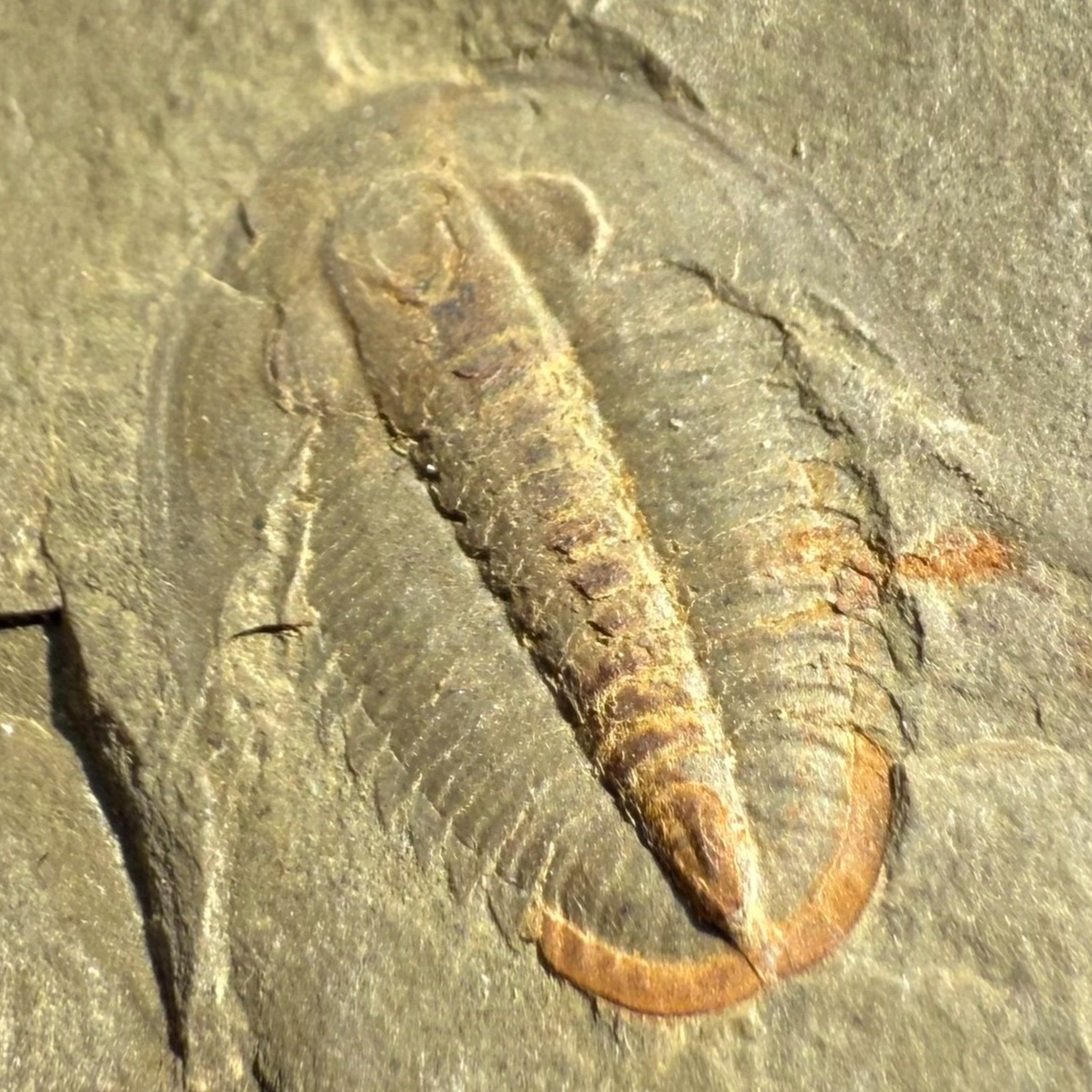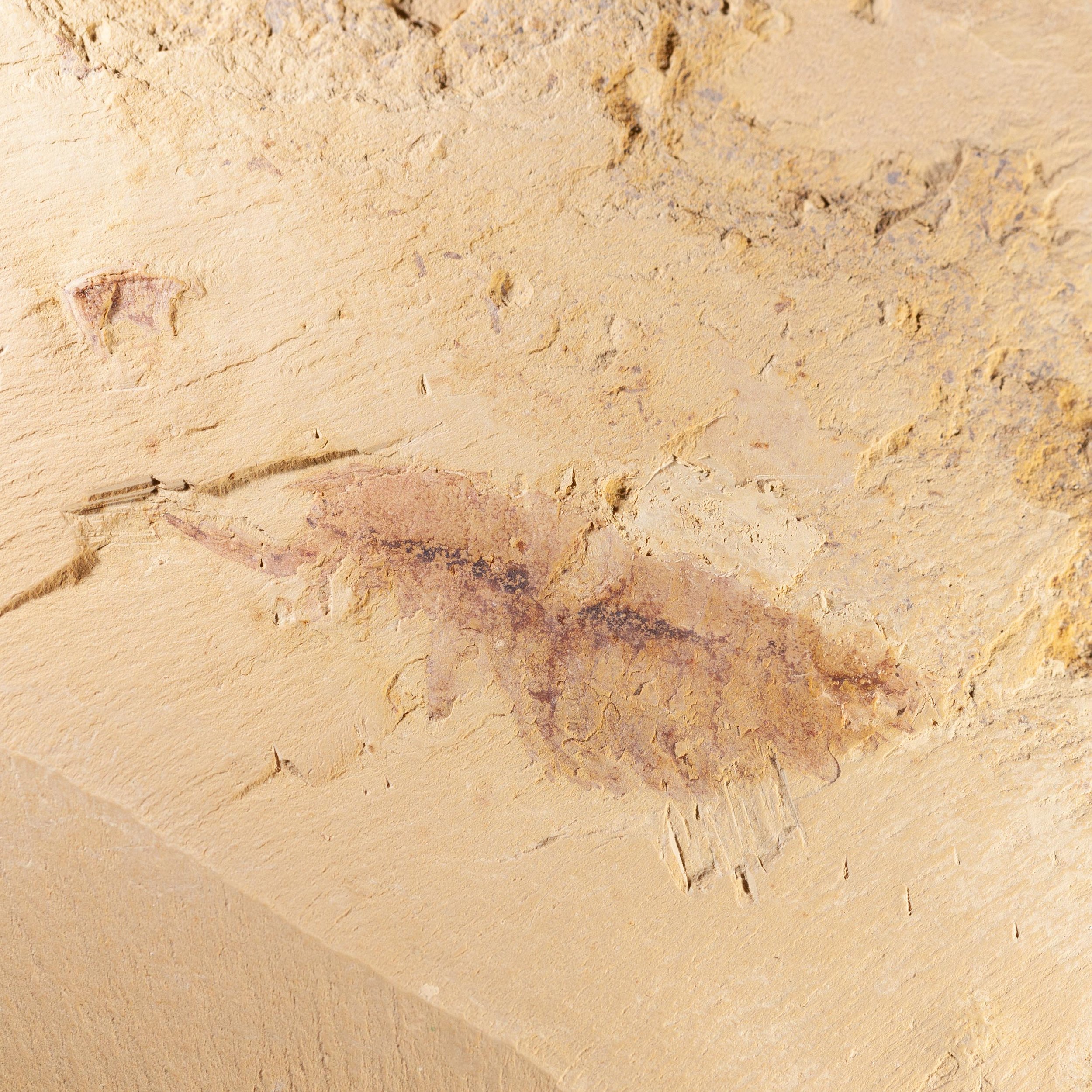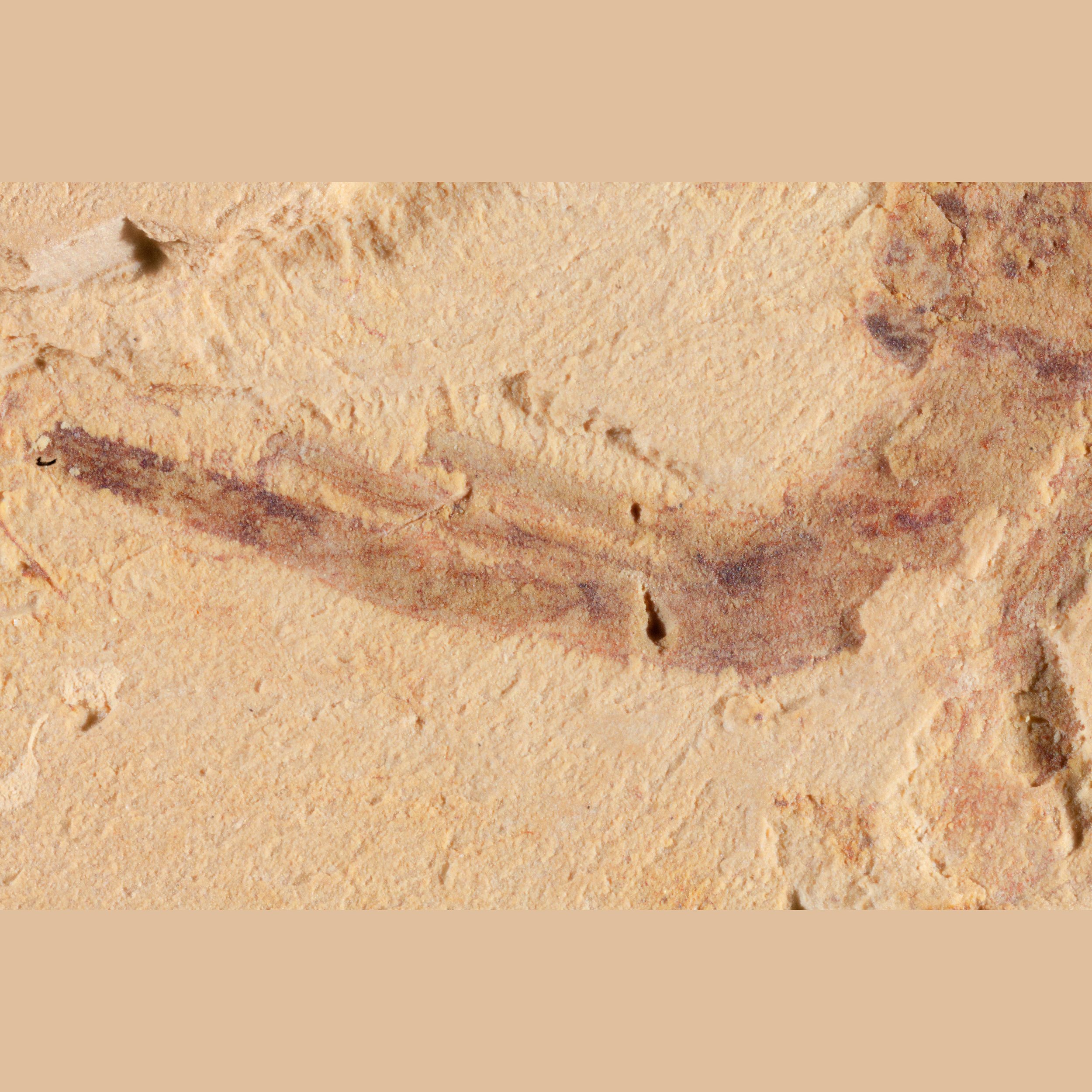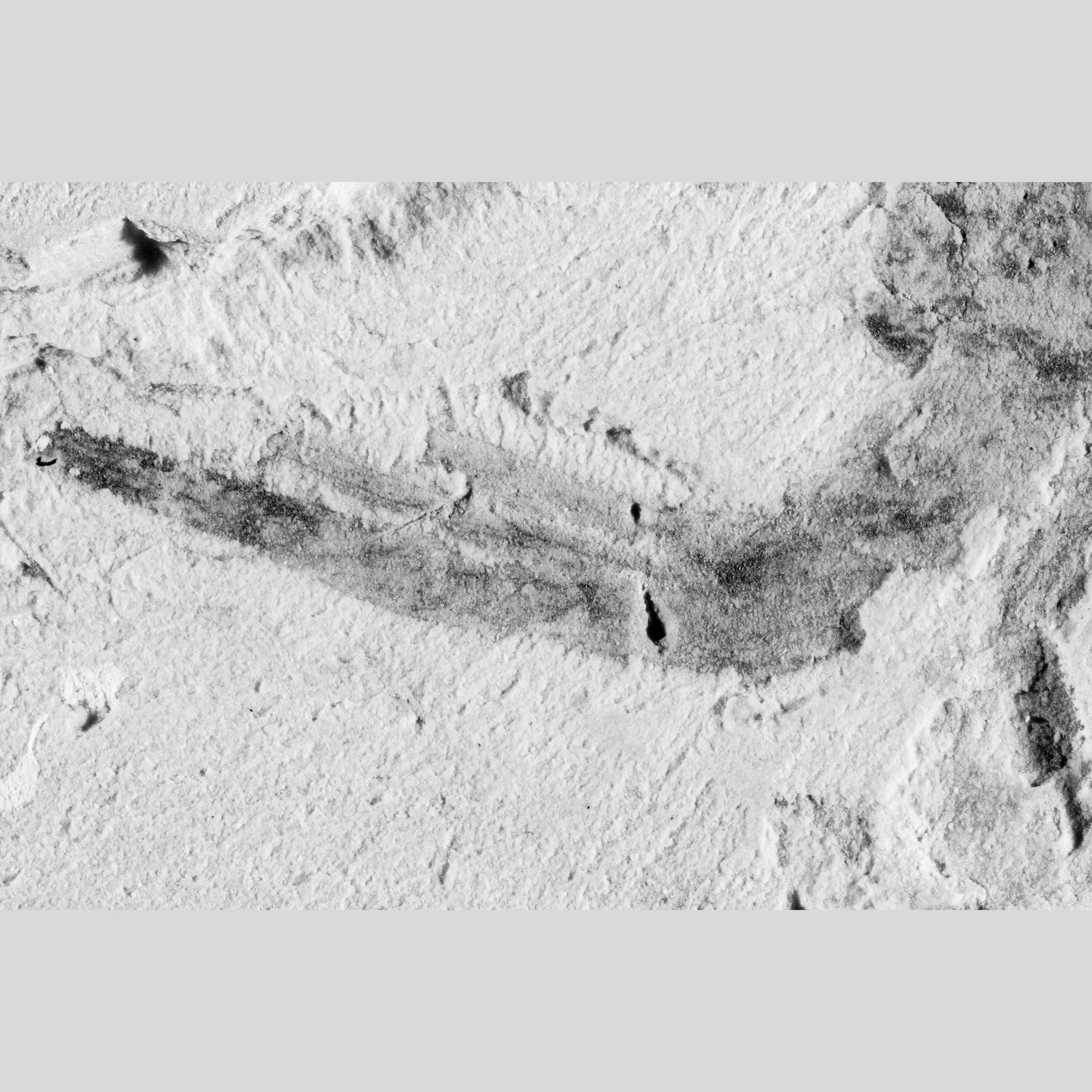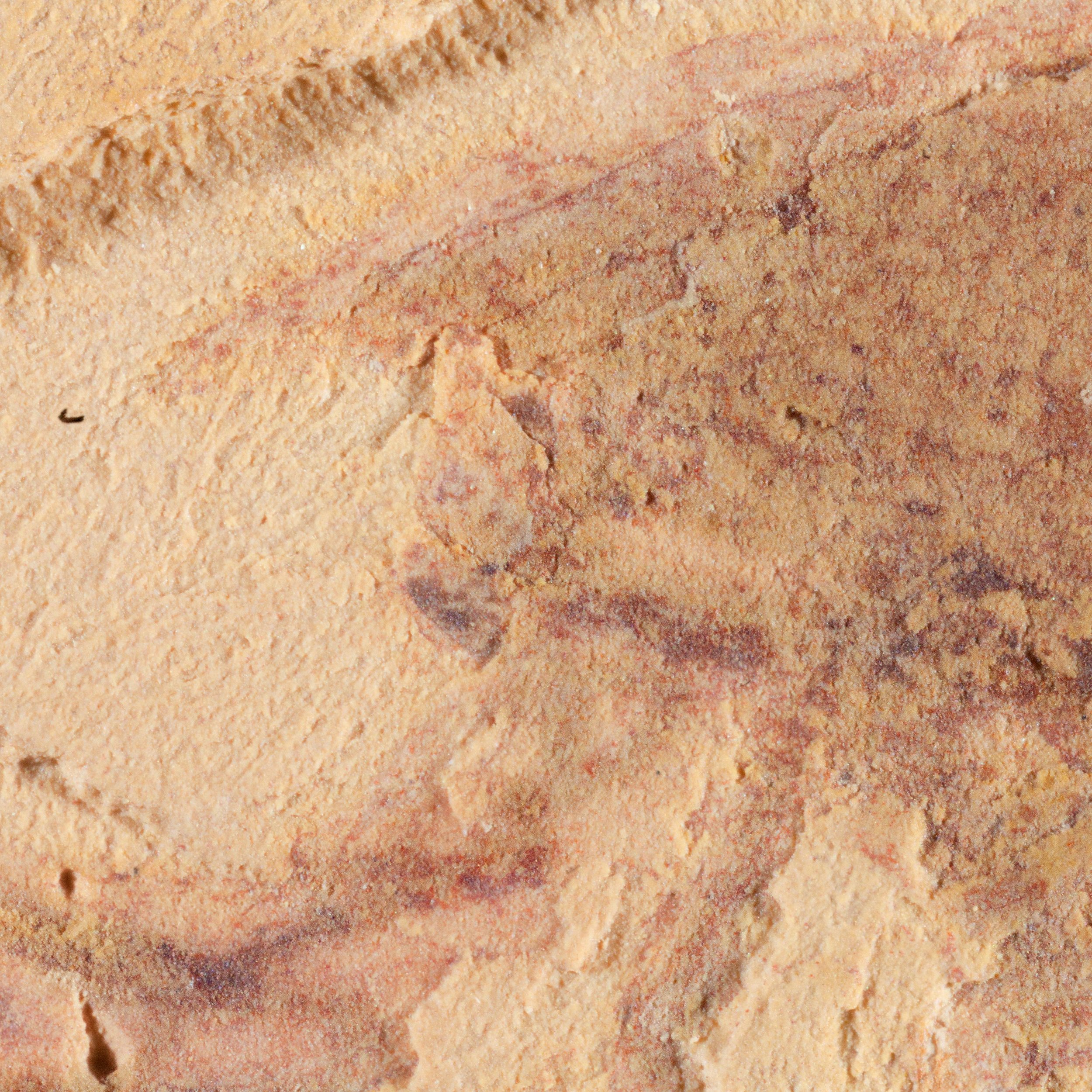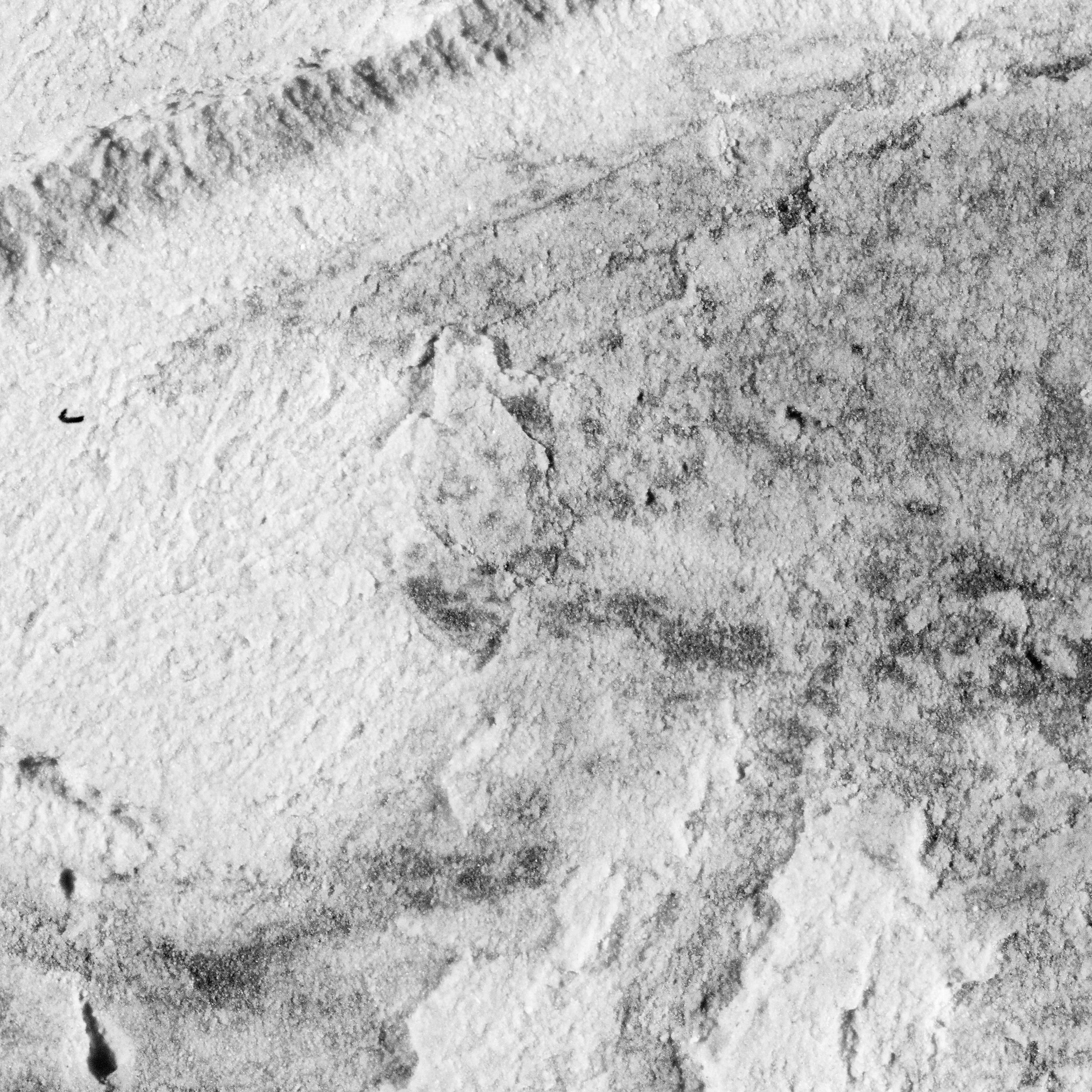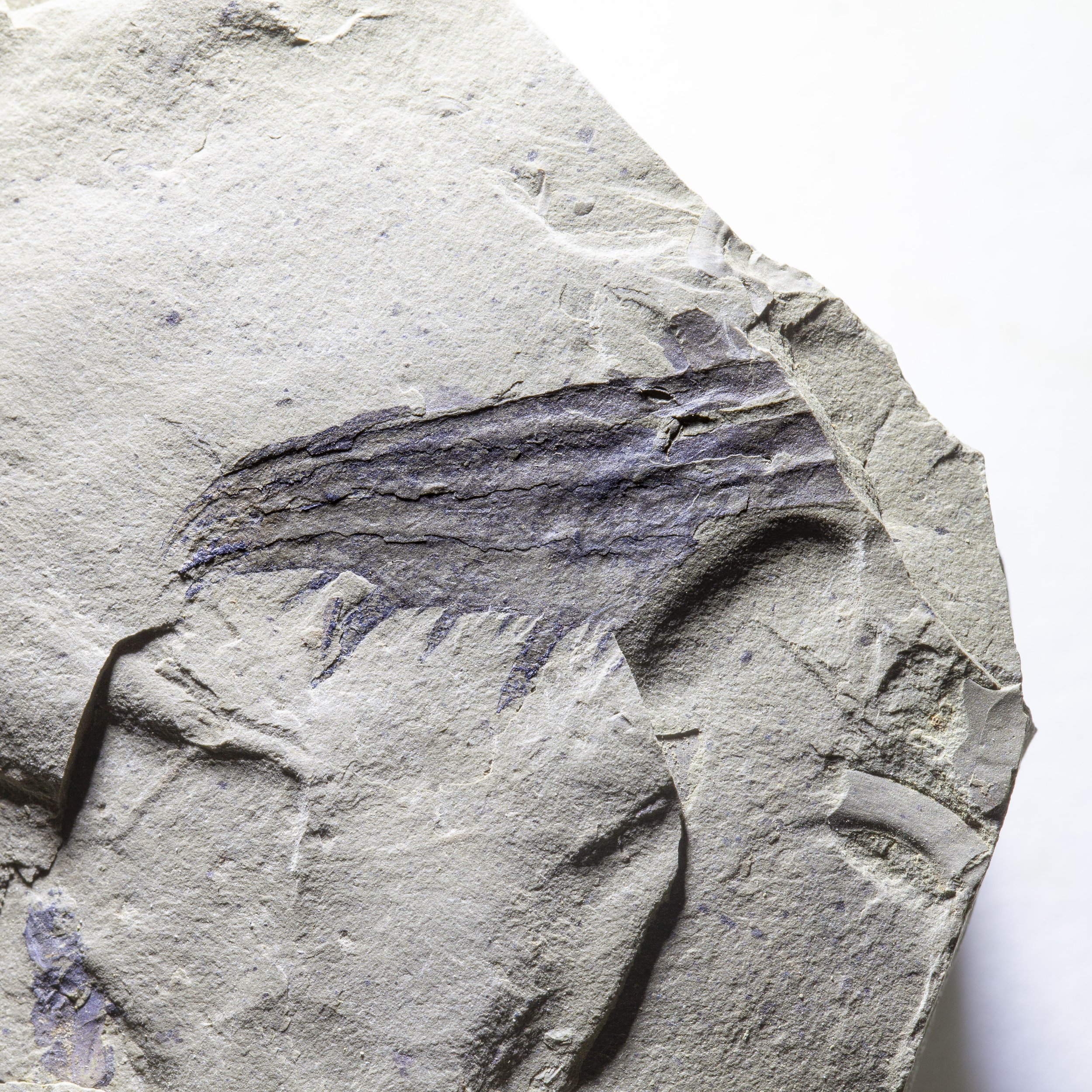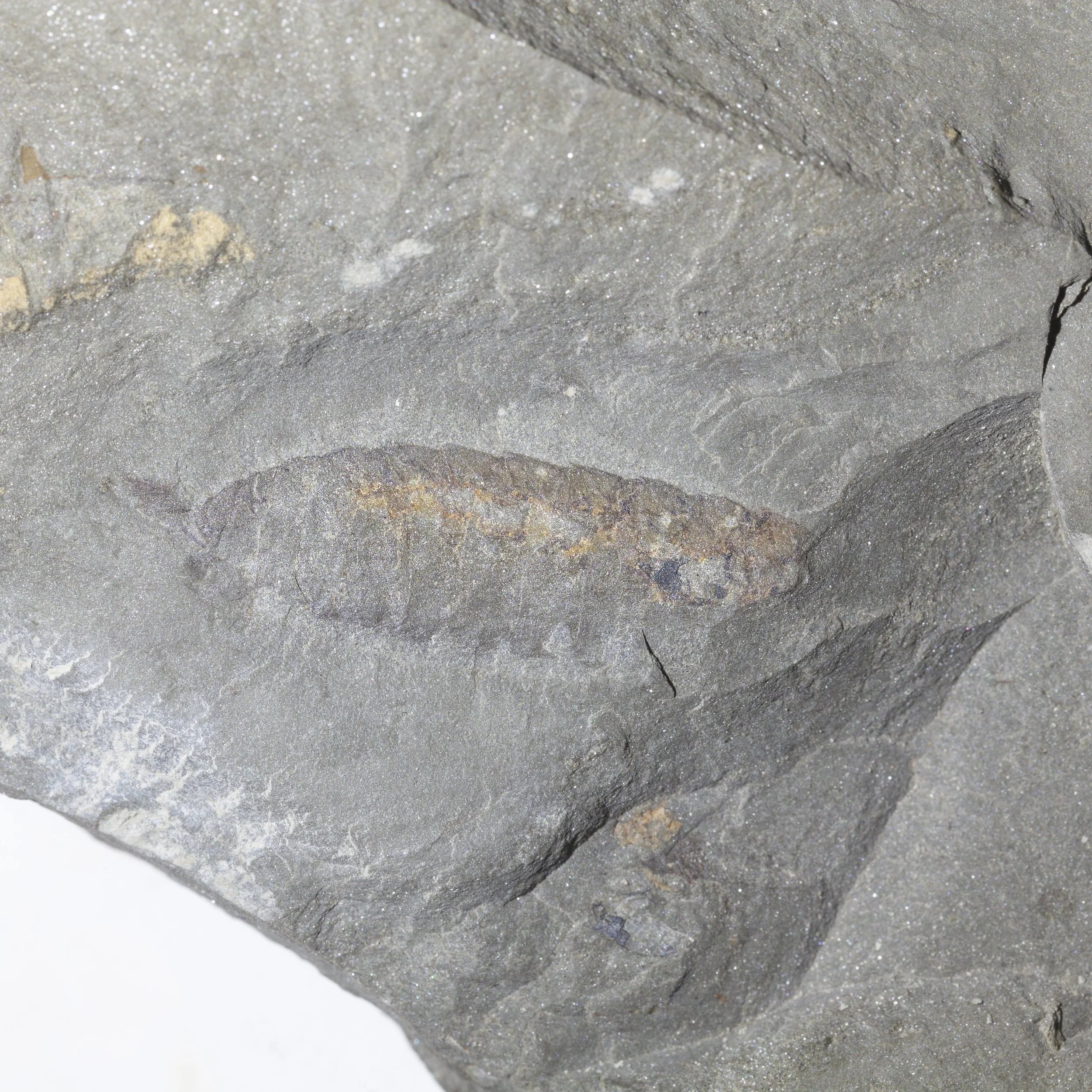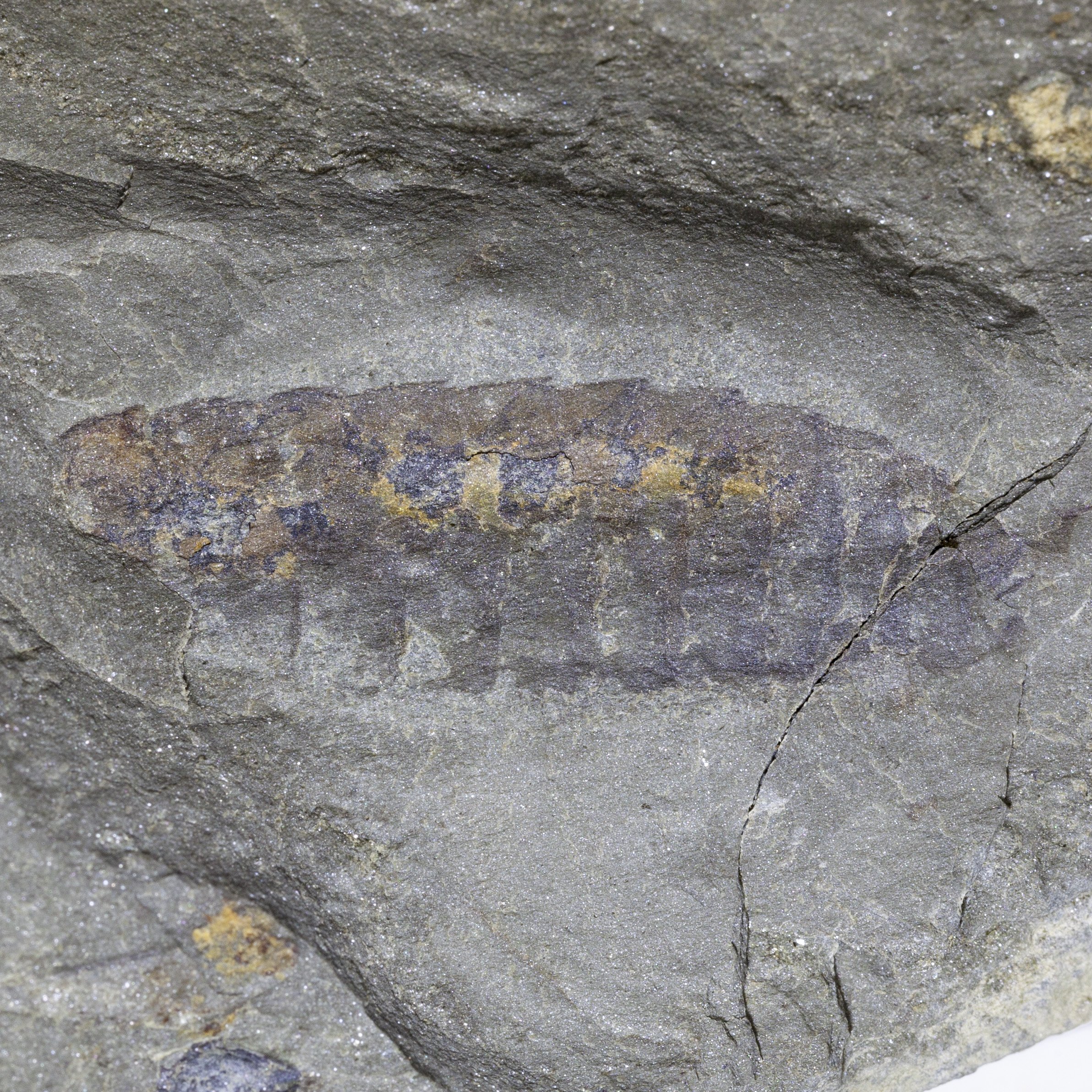 Image 1 of 5
Image 1 of 5

 Image 2 of 5
Image 2 of 5

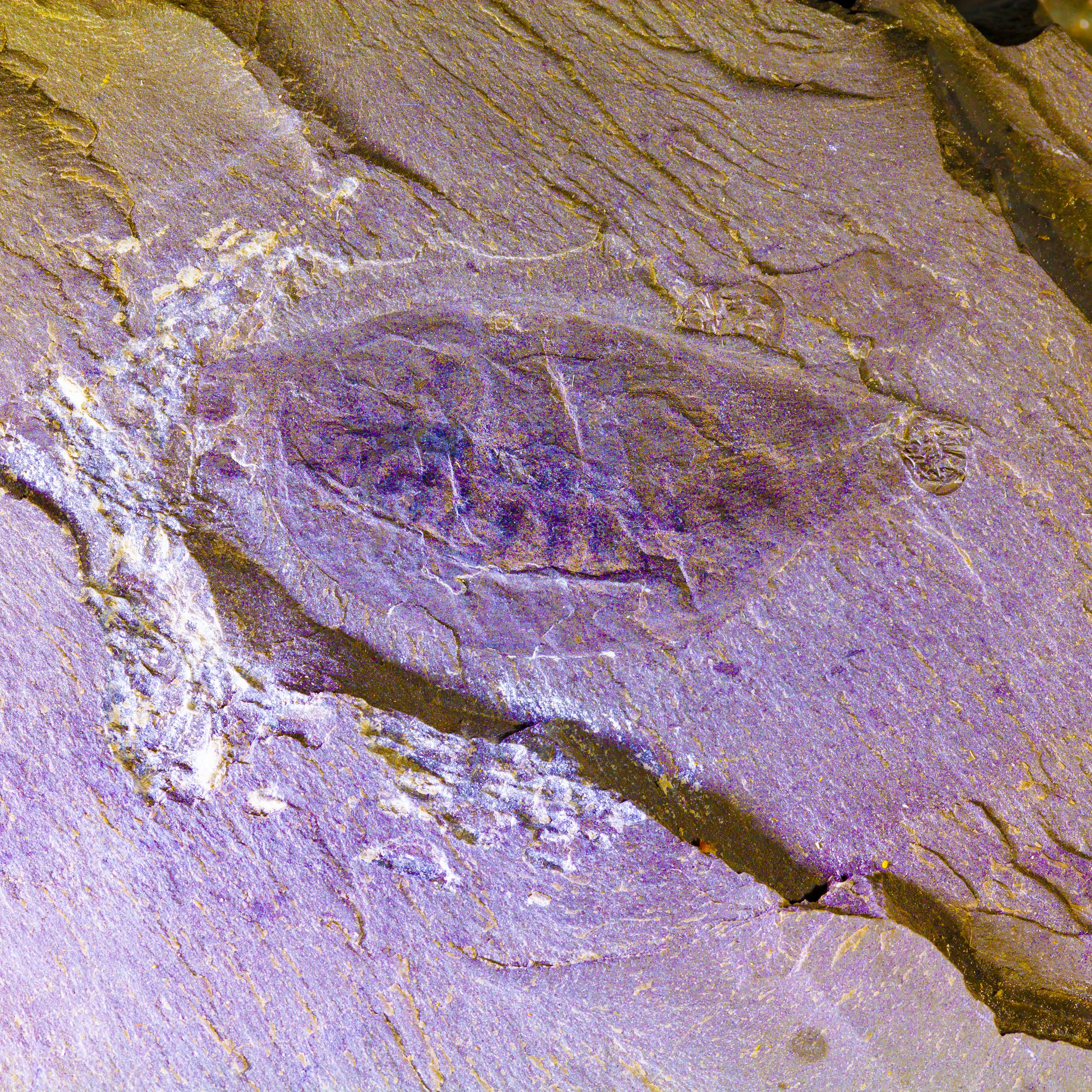 Image 3 of 5
Image 3 of 5

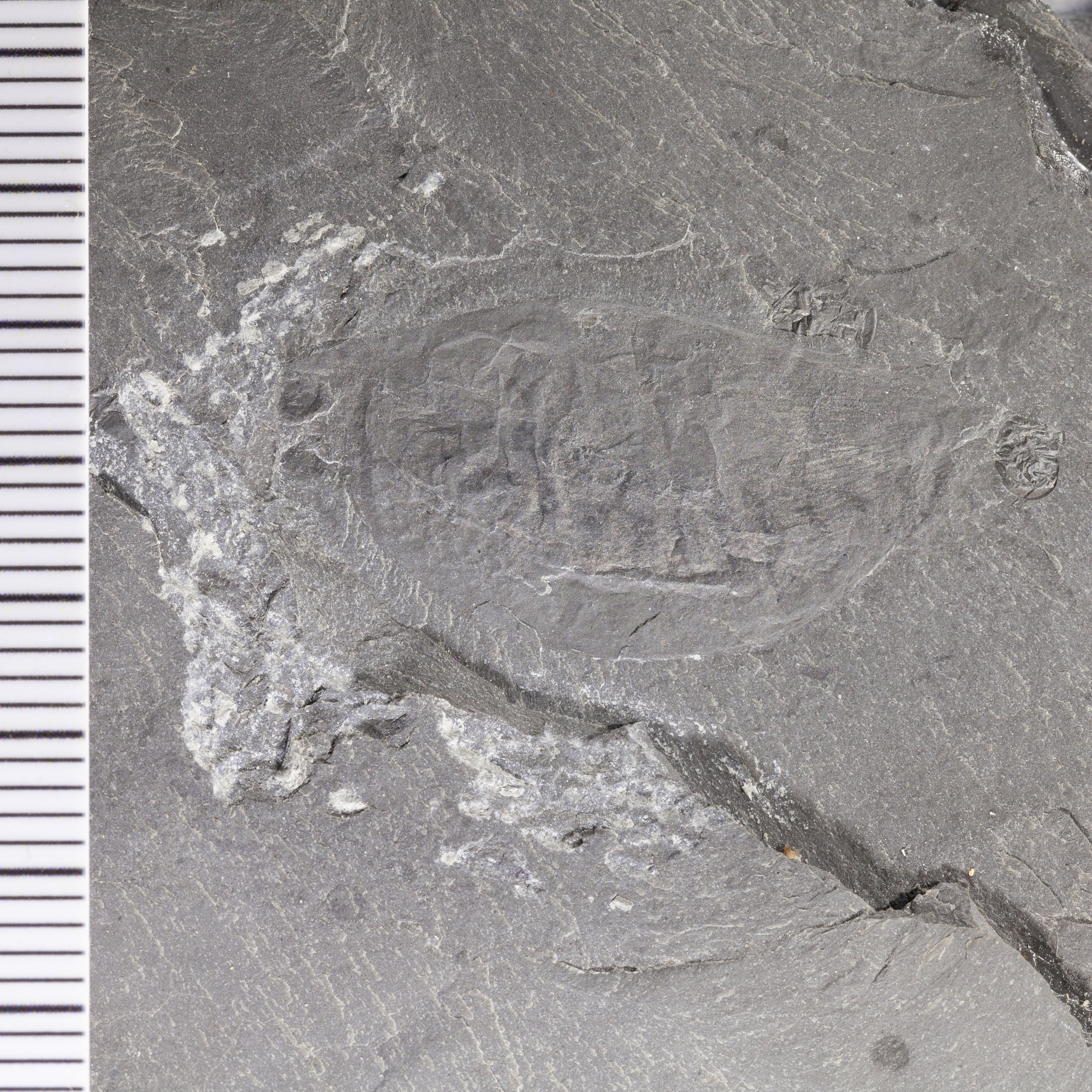 Image 4 of 5
Image 4 of 5

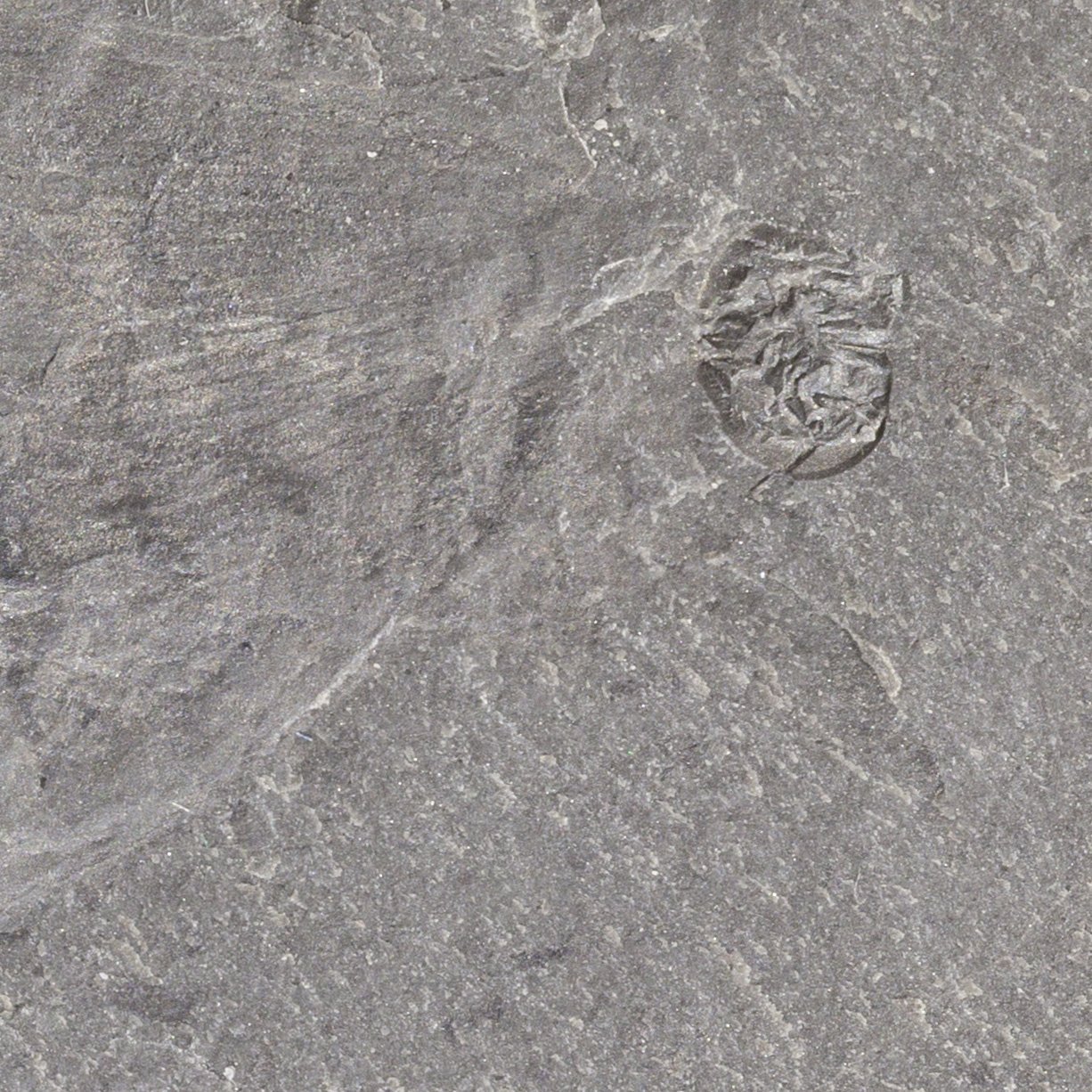 Image 5 of 5
Image 5 of 5






Isoxys sp.
Vendor: Lagerstätte Land
SKU Number: SQ8872227
Isoxys sp. with both eyes and Bradoriids from the Early Cambrian, Heilinpu Formation, Qujing City, Yunnan Province, China.
Isoxys is a Burgess Shale-like fauna. It was a pelagic bivalved arthropod thought to have been a free-swimming predator. They have been shown to have large spherical eyes with grasping frontal appendages.
This specimen has both eyes and other signs of internal soft tissue preservation.
Full dimensions are listed below.
Vendor: Lagerstätte Land
SKU Number: SQ8872227
Isoxys sp. with both eyes and Bradoriids from the Early Cambrian, Heilinpu Formation, Qujing City, Yunnan Province, China.
Isoxys is a Burgess Shale-like fauna. It was a pelagic bivalved arthropod thought to have been a free-swimming predator. They have been shown to have large spherical eyes with grasping frontal appendages.
This specimen has both eyes and other signs of internal soft tissue preservation.
Full dimensions are listed below.
Vendor: Lagerstätte Land
SKU Number: SQ8872227
Isoxys sp. with both eyes and Bradoriids from the Early Cambrian, Heilinpu Formation, Qujing City, Yunnan Province, China.
Isoxys is a Burgess Shale-like fauna. It was a pelagic bivalved arthropod thought to have been a free-swimming predator. They have been shown to have large spherical eyes with grasping frontal appendages.
This specimen has both eyes and other signs of internal soft tissue preservation.
Full dimensions are listed below.
Additional Information
Description:
Isoxys, a bivalved arthropod, is notable for its presence in Cambrian Lagerstätten like the Chengjiang Biota, where exceptional conditions allowed for the preservation of soft tissues. These rare occurrences reveal crucial details about its anatomy, including large spherical eyes and frontal appendages adapted for grasping prey, providing insights into its predatory lifestyle and ecological role in the Cambrian period. The preservation of soft parts in Isoxys fossils enhances our understanding of early arthropod evolution and the diversity of Cambrian marine life.
References:
Isoxys


